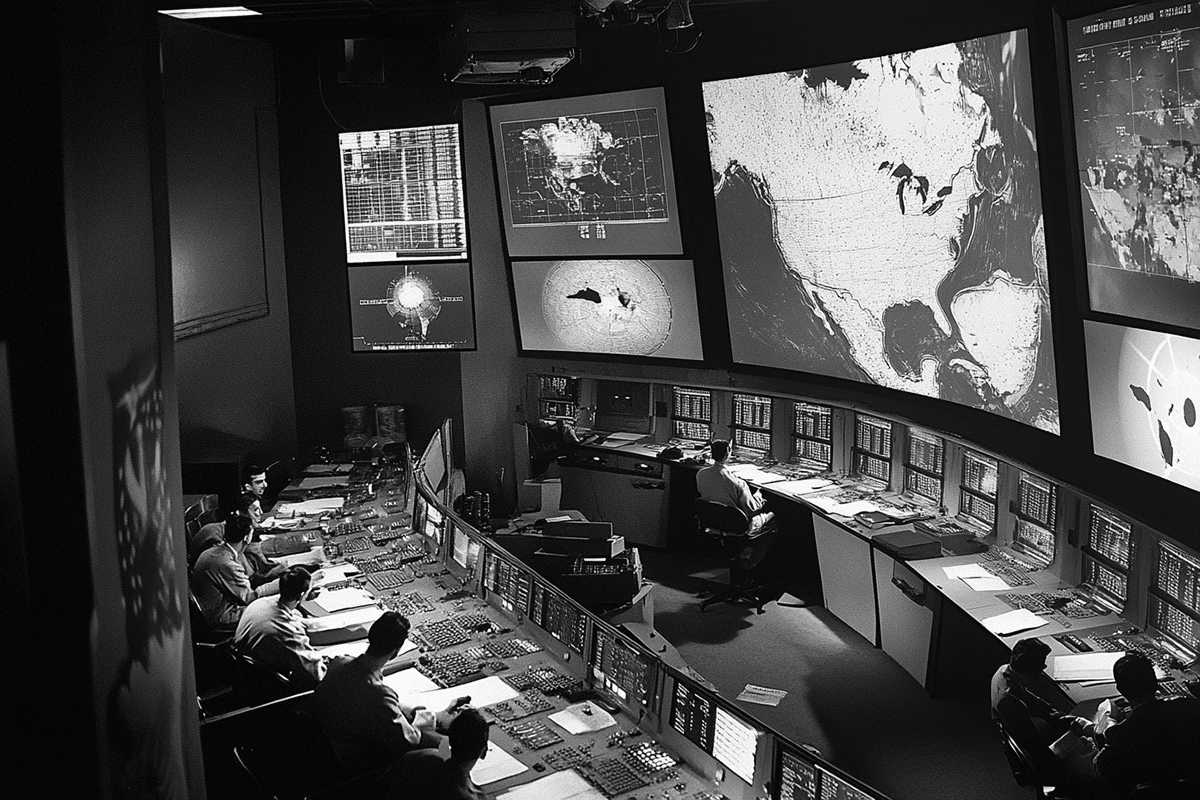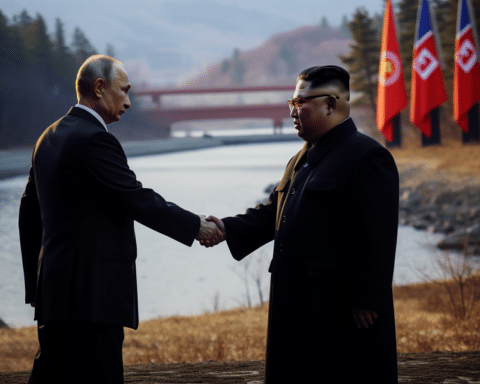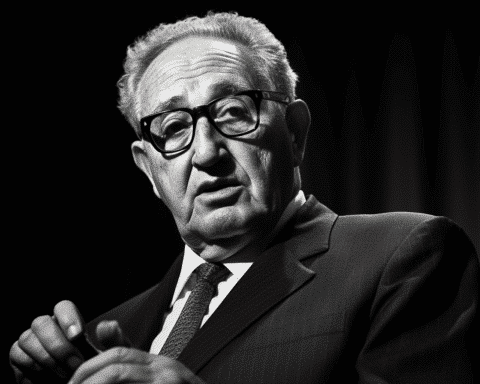During the Cold War, the safety measures surrounding the United States’ nuclear arsenal were far from the robust security systems expected for such destructive power. Allegations suggest that nuclear launch codes were astonishingly simple, reportedly set to “00000000” for quick activation in case of an emergency.
Efforts to improve nuclear security began in 1962 under President John F. Kennedy, who introduced safeguards requiring the use of specific codes to prevent unauthorized launches. However, reports from former launch officer Bruce Blair reveal that the Strategic Air Command (SAC) circumvented these measures by setting all launch codes to zeros. SAC’s priority was ensuring rapid response capabilities in the event of a launch order, even if it meant compromising security.
Despite these measures, unauthorized launches were avoided throughout the Cold War. However, the simplicity of the codes highlights a startling lack of precaution, especially considering the catastrophic potential of a nuclear strike. It wasn’t until 1977 that a more secure system was implemented. This updated protocol required launch personnel to contact higher authorities to receive the necessary codes, significantly enhancing the security of the process.
One particularly unusual suggestion for nuclear security came from Harvard academic Roger Fisher. He proposed embedding the nuclear codes inside a capsule implanted in the chest of a volunteer. The president would need to physically remove the capsule, thereby confronting the harsh reality of initiating a nuclear strike. While the idea was meant to introduce a visceral deterrent to launching weapons, Pentagon officials rejected it, arguing that such a requirement could distort the president’s judgment and delay necessary action.
The SAC’s choice to emphasize rapid response over stringent security reflects the intense pressures of the Cold War period. Concerns over a possible nuclear strike from the Soviet Union drove decisions focused on minimizing launch delays. This urgency often overshadowed the importance of safeguards, leaving the nuclear arsenal exposed to potential vulnerabilities.
Despite Blair’s claims, the US Air Force has denied that codes consisting of eight zeros were ever used. The Air Force insists that its fail-safe procedures were adequate and that Blair’s assertions were inaccurate. Blair, however, maintained his stance, citing unclassified technical manuals as evidence and accusing the Air Force of spreading misleading information.
The Cold War era ultimately passed without any unauthorized launches, but the lax security measures of the time remain a sobering reminder of the precarious balance of power. Today, significantly more robust systems are in place to prevent unauthorized or accidental launches, ensuring that such oversights are unlikely to occur again.
As nuclear technology continues to evolve, lessons from this period highlight the importance of balancing swift response capabilities with stringent security measures. The potential consequences of failure in this area are too grave to ignore.



